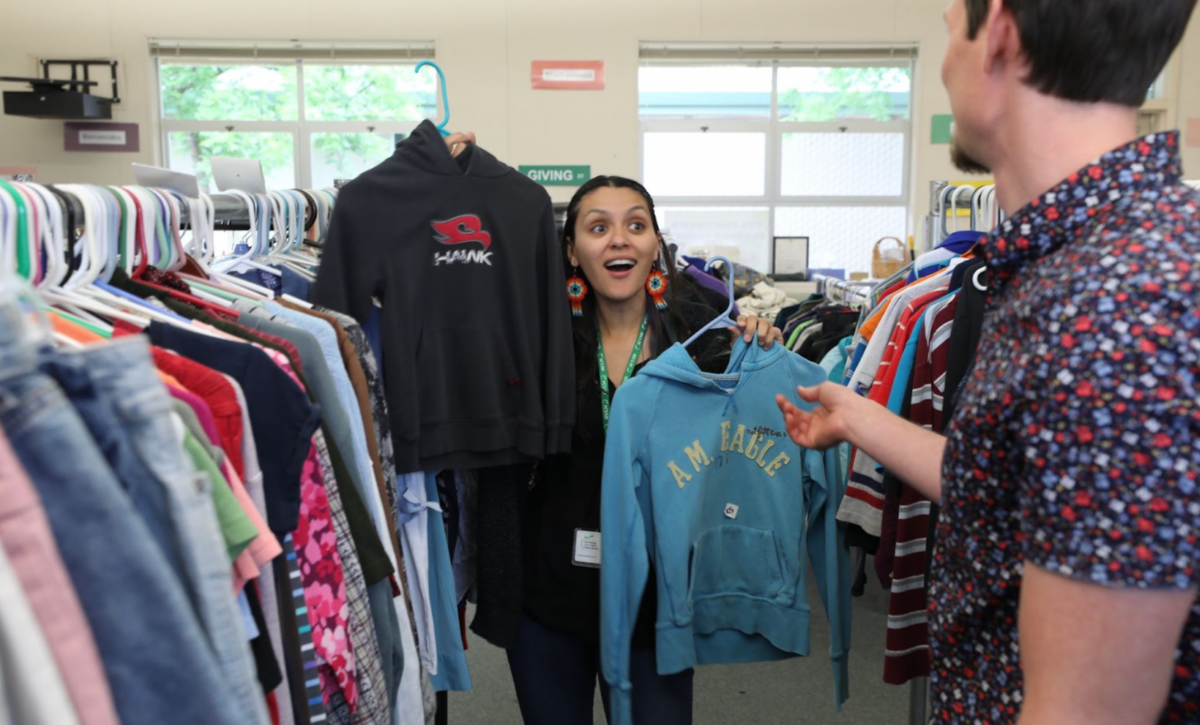How 100 Large and Urban Districts Are (and Aren’t) Engaging Stakeholders
Districts are supposed to gather local feedback on how to spend their ESSER pandemic relief money. One year in, 1 out of 3 may not be complying

Get stories like this delivered straight to your inbox. Sign up for The 74 Newsletter
More than one out of three large districts may not be following a federal law requiring school systems to collect local feedback on how to spend their pandemic relief money, according to a new review by the Center on Reinventing Public Education.
The law, passed last summer, requires districts to engage communities in “meaningful consultation” on spending federal recovery dollars. But just over half the 100 large and urban districts our organization has tracked during the pandemic — 57% — have created strategies for doing that, our latest numbers show.
These districts have used surveys, town halls and other platforms to broaden stakeholder voice and input. A minority have created new opportunities for parent-led leadership and for continuing technological tools like videoconferencing to keep families connected to the conversation.
Many parents have questioned the process for spending Elementary and Secondary School Emergency Relief funds — or don’t know that they can and should be involved. Last fall, just 21% of parents said their children’s schools had asked them to weigh in on how those funds should be used, according to a survey by the National Parents Union. Two months later, 39% of parents said they’d seen local ESSER resources used to address COVID-related challenges, according to another poll by the same national group.
Of the 100 districts in our database, 68 have publicly shared plans for spending their relief dollars, and 57 have created engagement strategies for soliciting community input, according to our analysis this spring. That’s an increase from 47 districts with engagement strategies in place last year at this time, according to a similar analysis we did last year.
Of those 57 districts, 29 designed at least two pathways for community feedback. Baltimore City Public Schools adopted a social media and radio outreach strategy. Boulder Valley Public Schools, in Colorado, created an interactive online forum where stakeholders could voice spending priorities.
What districts will do with this input is less clear. About half (51) describe how stakeholder input will inform decisionmaking, but most of the details are vague. One, Sacramento Unified School District in California, was clear in acknowledging that stakeholder input led to the hiring of additional social workers, intervention teachers, counselors and an English language development specialist, plus more tutoring for foster/homeless youth and more college and career experiences.
Just 30% of districts we tracked publicly reported what feedback they received on spending priorities. For example, employees in Boston Public Schools sought health and safety measures such as updated HVAC systems, newly painted buildings and flexible classroom seating, which prompted the district to push $17 million toward improvements to school buildings. Washoe County Public Schools in Nevada said the community wanted more support staff, which prompted the district to increase spending on licensing and hiring aspiring special education teachers.
Sixteen districts are using the new funds to create new long-term engagement strategies with families.
The Oakland Unified School District in California created a task force to advance Black student achievement. Minneapolis Public Schools is providing up to 10 parents with the opportunity to engage in year-long projects to advance equitable teaching practices. Guilford County Public Schools in North Carolina changed the direction of a community schools reopening task force to address learning loss and help inform priorities for ESSER funding.
In response to community feedback, Jefferson County Public Schools in Kentucky is developing three student learning centers to offer expanded extracurricular and art offerings, tutoring and afterschool interventions. Portland Public Schools in Maine plans to host “Coffee With Constituents” to hear input from families in the fall.
Since our summer 2021 analysis, some districts have invested in integrating parent and community perspective into new programs and policies. Many more have not, despite the vagueness of “meaningful consultation” in ESSER statutory language. According to the September 2021 poll conducted by the National Parents Union, only 46% of parents have heard about the funding that schools are receiving from the federal government and how that money can be used.
Though legal ramifications for not doing so are unlikely, districts should ensure their plans for spending federal relief money are clearly posted online and sent to families, and they should re-engage parents before the 2022-23 school year on their updated preferences, especially through the lens of the community’s most vulnerable student populations.
With two years remaining to spend the federal funds, now is the moment to find the solutions that stakeholders desperately desire and districts desperately need. Using federal relief dollars to build bridges to new or disenfranchised communities — and to restore trust and build deeper engagement with families to bring them back to school — is just common sense.
Get stories like these delivered straight to your inbox. Sign up for The 74 Newsletter

;)

